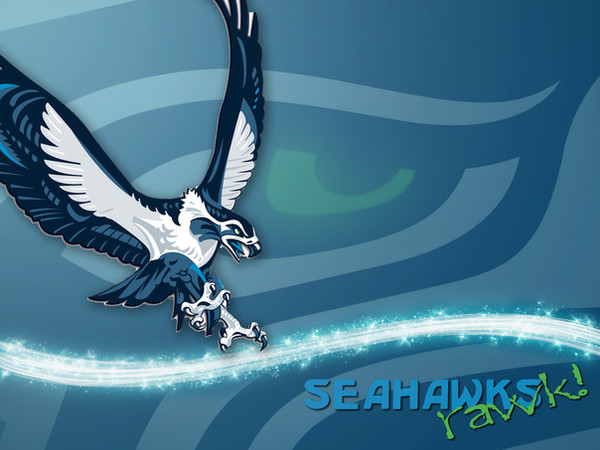HOME | DD
 Napishtim-Chris — Week 1 - Assignment 2 - Blind Contour Drawing
Napishtim-Chris — Week 1 - Assignment 2 - Blind Contour Drawing

Published: 2012-02-02 02:01:12 +0000 UTC; Views: 586; Favourites: 0; Downloads: 10
Redirect to original
Description
2-1-12Practicing the blind contour drawing, I believe, is important not only for hand-eye coordination, but for depth perception as well. It’s not really helping too much at this point in overcoming or bypassing my “symbol system.” I was so worried about not looking at the paper that the process of drawing the line or the end result didn’t even really cross my mind. I was more focused on drawing without looking at the pad, which was extraordinarily hard for me.
My experience with this exercise would be my focus. I don’t have much in the way of SOLID focus with no motivation. When I have motivation, I focus better and get distracted much less… It’s been a LOOONG time since I last picked up a pencil, so it’s going to take a bit to get back into the groove of focusing my attention in one area like I used to. Being ADHD makes things like this difficult and back then, I was at least on medication for it. But I can’t begin to even explain how difficult NOT looking at my pad was…. I’d finish and line and glance down at the paper, automatically before even realizing I was looking, so I had a hard time with this one.
ASSIGNMENT DETAILS:
Assignment 2: Blind Contour Discussion
By Tuesday, January 31, 2012, complete the following drawing exercise:
Create three five-minute blind contour drawings. A true blind contour drawing is done by drawing an object without looking down at your paper. This is a drawing exercise to develop hand-eye coordination and visual acuity. To develop these skills, it is important that you focus on the process, not the finished drawing. For this exercise, you will draw your hand opposite your drawing hand. Complete the following steps:
Place your nondrawing hand in a comfortable position where you can see it clearly, and decide on a starting point.
Set your drawing board or easel up so that you cannot see your paper while you're looking at your subject.
Place your pencil on your paper and draw the contour of your hand by pretending your eyes are an ant crawling very slowly along the edge of your hand. Your eyes and your hand should be moving together at the same slow speed. Do NOT look down at your paper. Keep your eyes on your subject.
Draw one continuous line very slowly without lifting your pencil from the paper.
Keep your drawing hand relaxed and apply varying pressure as you draw.
Pick out every detail and variation of the contour of your subject.
Draw for five minutes without looking at your paper. This will likely feel very uncomfortable to you but force yourself to do it. Remember, this is an exercise to train your eyes and hand to move together, not a finished drawing. Do not lift your pencil from the paper for the full five minutes.
Then, complete two more 5-minute blind contour drawings of your hand.
Then, write a one- to two-paragraph response that addresses the following questions. Why is practicing a blind contour drawing an important technique in learning to bypass your "symbol system?" What was your experience with this exercise?
















